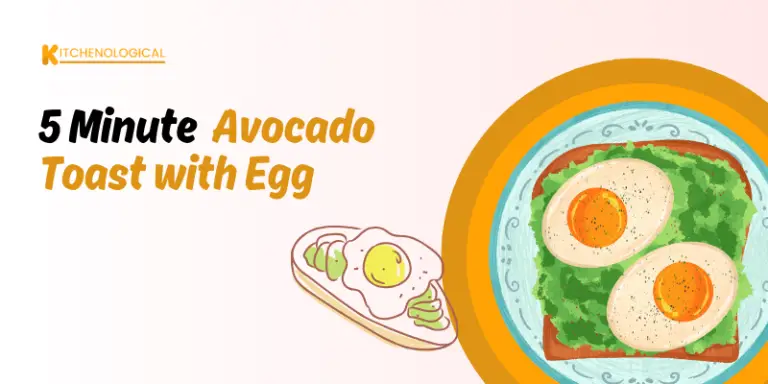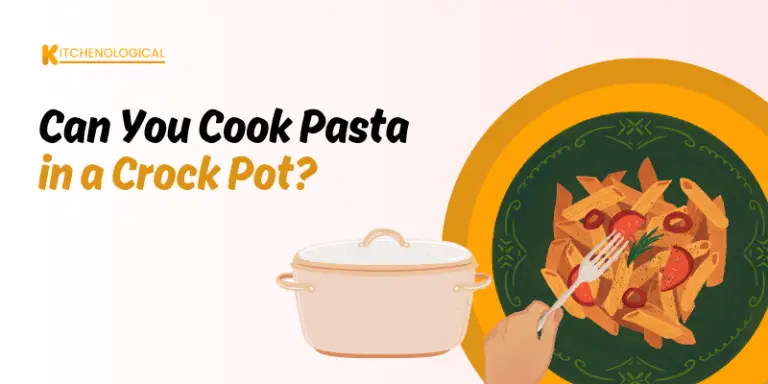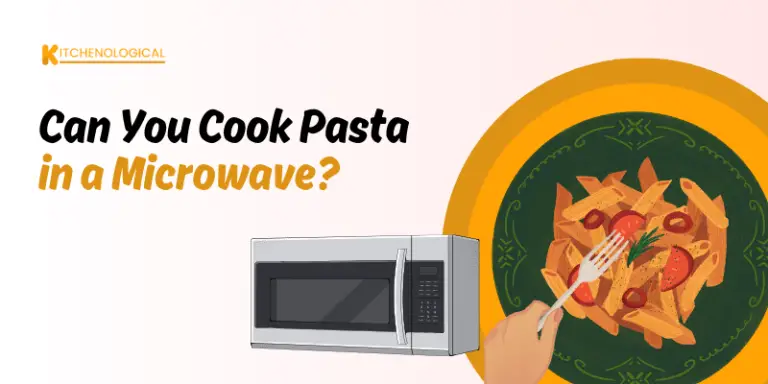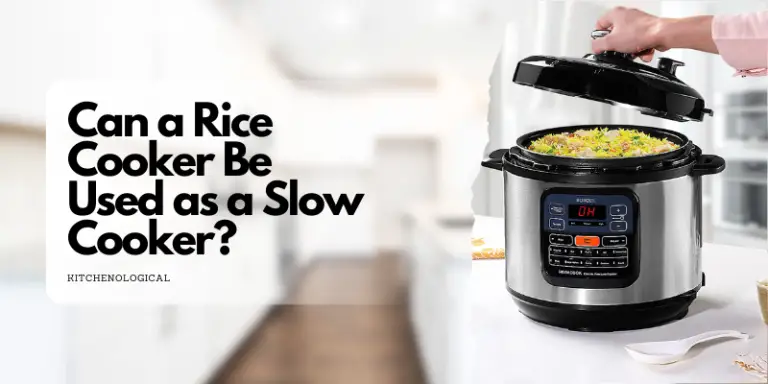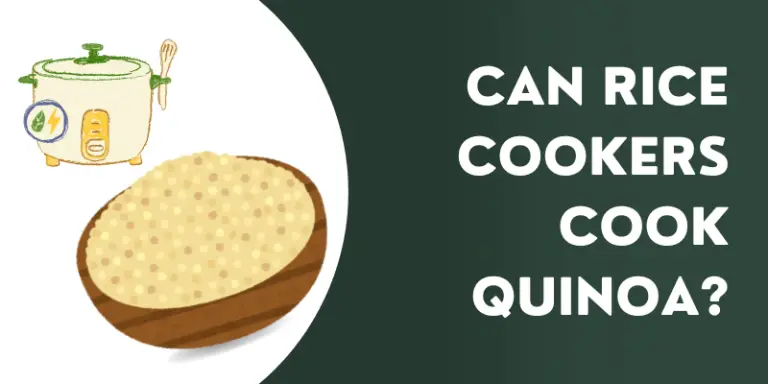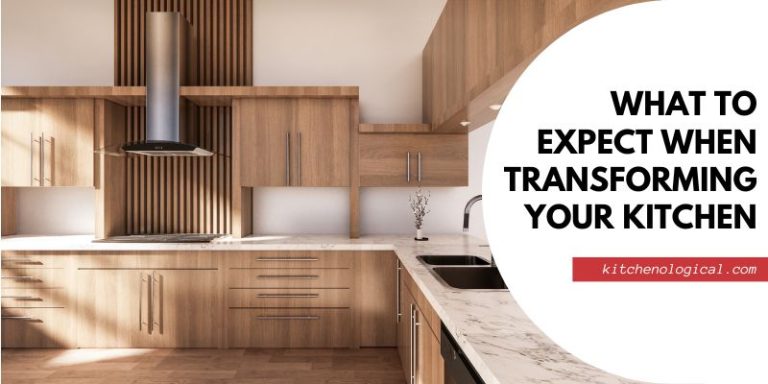We review and select products independently. Purchases through our links may earn us a small commission. Learn more.
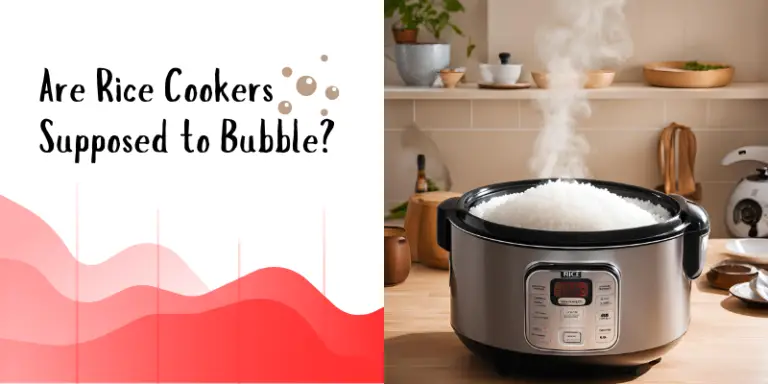
Rice cookers are a staple in many kitchens, offering a convenient and foolproof way to prepare perfectly cooked rice. But if you’ve ever stood by your rice cooker and noticed bubbling sounds or steam escaping, you might have wondered: Are rice cookers supposed to bubble? The short answer is yes, but let’s dive deeper into why this happens and what it means for your rice-cooking experience.
How Rice Cookers Work
To understand why rice cookers bubble, it’s important to know how they function. Rice cookers operate on a simple yet ingenious principle: they use heat and precise temperature control to cook rice evenly. Here’s a breakdown of the process:
- Heating Phase: When you turn on the rice cooker, it heats up the inner pot, bringing the water and rice to a boil.
- Boiling Phase: As the water reaches its boiling point (100°C or 212°F), it begins to evaporate, creating steam. This is when you’ll notice bubbling and hear gurgling sounds.
- Simmering Phase: Once most of the water has been absorbed by the rice or evaporated, the temperature inside the cooker rises above 100°C. At this point, the rice cooker’s thermostat detects the change and either switches to a “keep warm” mode or turns off.
The bubbling you see and hear is a natural part of this process, especially during the boiling phase.
Why Do Rice Cookers Bubble?
Bubbling in rice cookers occurs for a few key reasons:
- Water Evaporation: As the water heats up, it turns into steam, which creates bubbles. These bubbles rise to the surface and pop, releasing steam. This is completely normal and indicates that the rice cooker is working as intended.
- Starch Release: Rice contains starch, which is released into the water as it cooks. This starch can create a foamy layer on top of the water, contributing to the bubbling effect. This is especially noticeable when cooking starchy varieties like jasmine or sushi rice.
- Pressure Release: Many rice cookers have vents or small holes in the lid to allow steam to escape. This prevents pressure from building up inside the cooker. As the steam escapes, it can create a bubbling or gurgling sound.
Is Bubbling a Sign of a Problem?
In most cases, bubbling is a normal part of the rice-cooking process. However, there are a few situations where excessive bubbling or unusual sounds might indicate an issue:
- Overfilling the Cooker: If you’ve added too much water or rice, the cooker may bubble more vigorously as it tries to manage the excess liquid. This can lead to spills or uneven cooking. Always follow the manufacturer’s guidelines for water-to-rice ratios.
- Faulty Seal or Lid: If the lid isn’t properly sealed, steam may escape more rapidly, causing louder bubbling or splattering. Check the lid and ensure it’s securely in place.
- Mineral Buildup: Over time, mineral deposits from water can clog the steam vents, leading to unusual bubbling or pressure issues. Regular cleaning can prevent this problem.
- Old or Malfunctioning Cooker: If your rice cooker is old or damaged, it may not regulate temperature properly, leading to excessive bubbling or boiling over. In this case, it might be time to replace the appliance.
Tips for Managing Bubbling in Rice Cookers
If the bubbling in your rice cooker seems excessive or bothersome, here are some tips to manage it:
- Use the Right Amount of Water: Follow the recommended water-to-rice ratio for your specific type of rice. This will help prevent overboiling and spills.
- Clean the Vents: Regularly clean the steam vents and lid to ensure proper airflow and prevent clogs.
- Avoid Overfilling: Don’t fill the inner pot beyond the maximum line indicated by the manufacturer.
- Choose the Right Setting: Some rice cookers have settings for different types of rice (e.g., white rice, brown rice, porridge). Using the correct setting can help regulate the cooking process and reduce excessive bubbling.
- Let It Rest: After the cooking cycle is complete, let the rice sit for 5–10 minutes with the lid on. This allows any remaining steam to settle and ensures evenly cooked rice.
The Role of Advanced Rice Cookers
Modern rice cookers, especially high-end models, are designed to minimize bubbling and improve the cooking experience. Features like fuzzy logic, induction heating, and pressure cooking allow for more precise temperature control, reducing the likelihood of spills or excessive bubbling. If you’re someone who cooks rice frequently, investing in a high-quality rice cooker can make a noticeable difference.
Are Rice Cookers Supposed to Make Noise?
Yes, rice cookers are supposed to make some noise during the cooking process. The sounds you hear are typically normal and indicate that the appliance is working as intended. Here are some common noises and what they mean:
- Bubbling or Gurgling: As the water heats up and begins to boil, you’ll hear bubbling or gurgling sounds. This is completely normal and part of the cooking process.
- Clicking: Many rice cookers have a thermostat that clicks when it switches from the cooking mode to the “keep warm” mode. This is a standard feature and not a cause for concern.
- Humming or Whirring: Some rice cookers, especially advanced models with induction heating or fans, may produce a low humming or whirring sound. This is just the sound of the internal components working.
- Hissing or Steaming: As steam escapes through the vents, you may hear a hissing sound. This is also normal and helps regulate pressure inside the cooker.
However, if your rice cooker is making loud, unusual, or persistent noises (like grinding or rattling), it could indicate a problem, such as a malfunctioning component or mineral buildup in the vents. In such cases, it’s best to inspect and clean the appliance or consult the manufacturer.
Are Rice Cookers Supposed to Steam?
Yes, rice cookers are supposed to steam during the cooking process. Steam is a natural byproduct of boiling water, which is essential for cooking rice. Here’s why steaming is normal and important:
- Cooking Process: As the water inside the rice cooker heats up, it turns into steam, which helps cook the rice evenly. The steam also ensures that the rice absorbs moisture and becomes fluffy.
- Pressure Release: Most rice cookers have small vents or holes in the lid to allow steam to escape. This prevents pressure from building up inside the cooker, which could otherwise lead to spills or accidents.
- Indicator of Functionality: Seeing steam escape from the rice cooker is a good sign that it’s working properly. If there’s no steam at all, it could mean the cooker isn’t heating up or the lid isn’t sealed correctly.
However, excessive steaming or steam escaping from unexpected areas (like the sides of the lid) could indicate an issue, such as a damaged seal or overfilling. To minimize excessive steaming, ensure you’re using the correct water-to-rice ratio and that the lid is securely closed.
Conclusion
So, are rice cookers supposed to bubble? Absolutely! Bubbling is a natural part of the rice-cooking process, caused by water evaporation, starch release, and steam escaping. While excessive bubbling can sometimes indicate a problem, it’s usually nothing to worry about. By understanding how your rice cooker works and following best practices, you can enjoy perfectly cooked rice every time—bubbles and all.
Next time you hear that familiar gurgling sound, you’ll know it’s just your rice cooker doing its job. Happy cooking!


